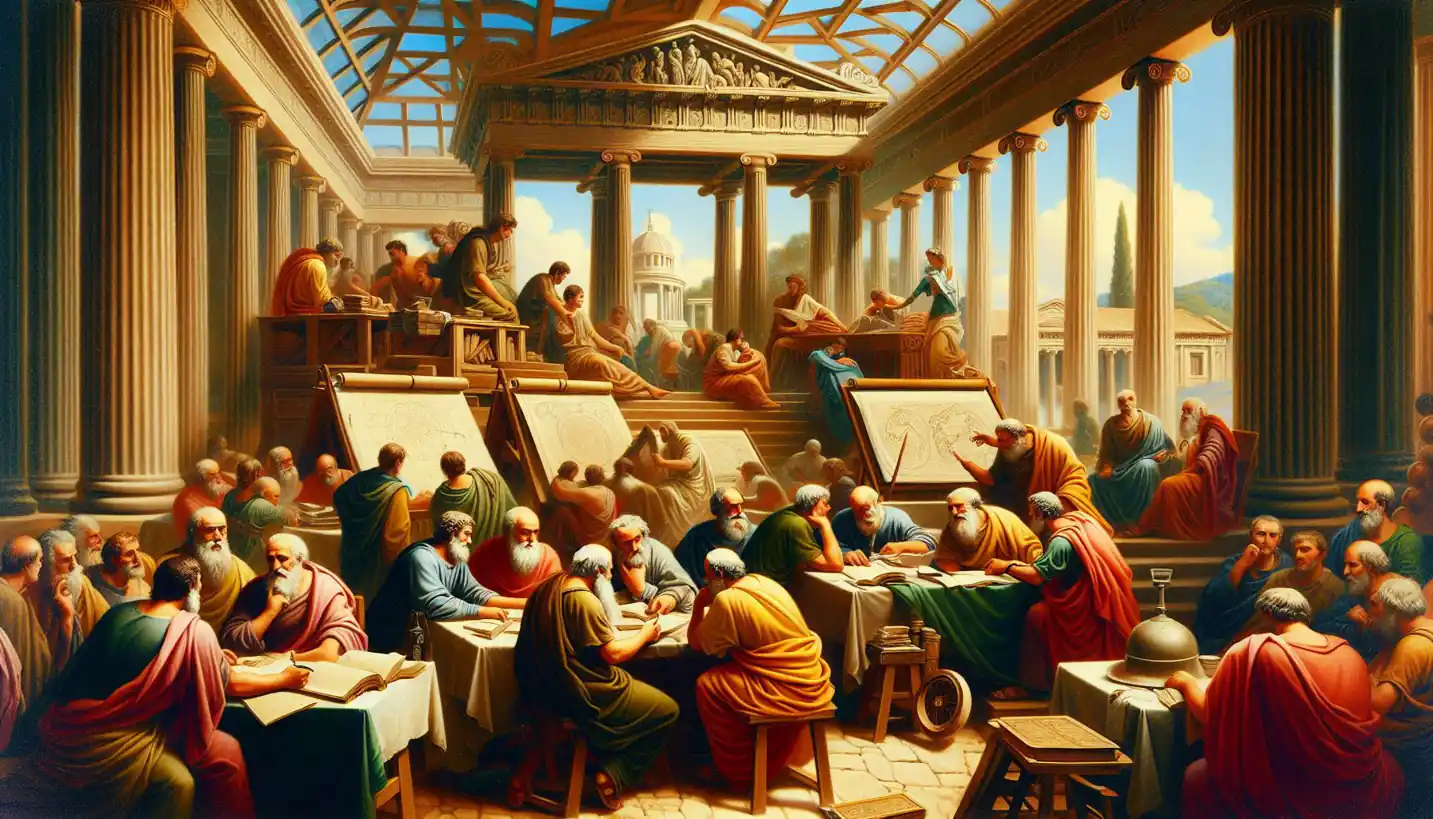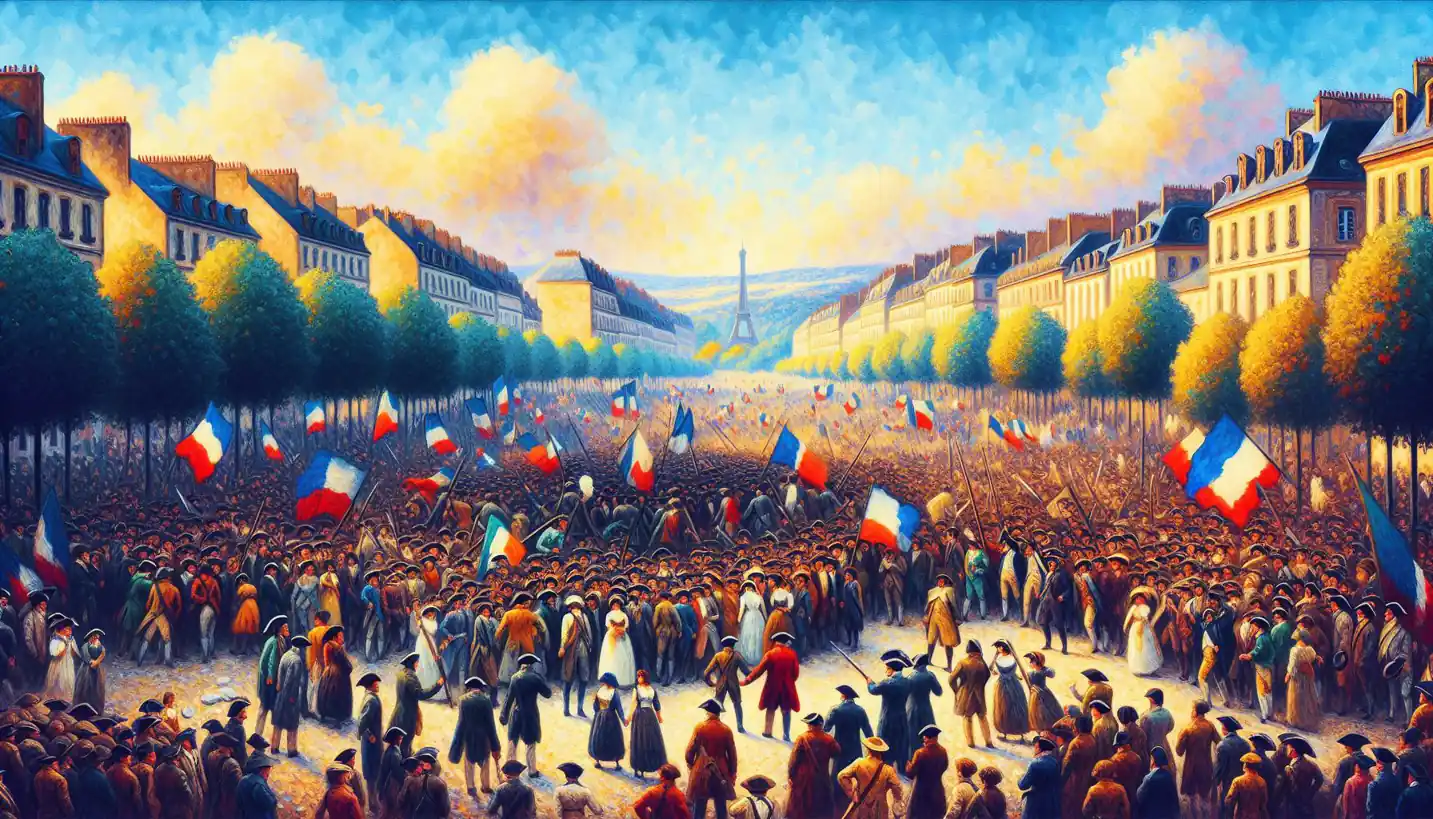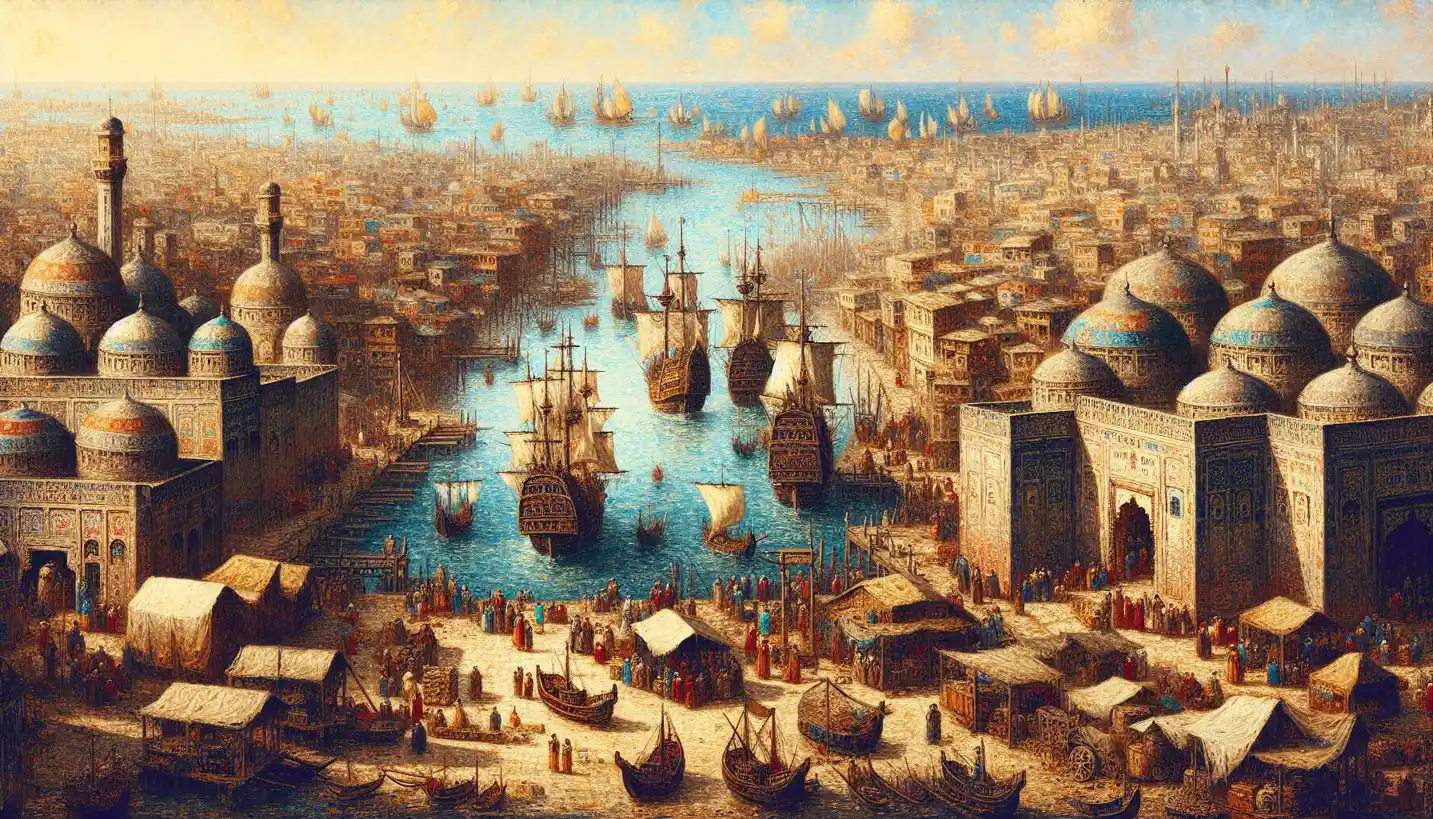· History · 5 min read
Quarantine: A Journey through Medical History
Quarantine, now a universal practice, has an intriguing history of isolating the sick to prevent spread. Journey through its evolution in medical history.

Once upon a time, in bustling port cities of the medieval era, a mysterious and invisible enemy lurked. It brought with it dread and devastation, leading to one of the most significant public health measures in human history: quarantine. The word “quarantine” comes from the Italian “quaranta giorni,” which means “forty days.” But why forty days? Well, let’s take a closer look at how quarantine emerged as a crucial strategy in fighting infectious diseases.
Quarantine in the Middle Ages wasn’t just plucked out of thin air. The Venetians, faced with the Black Death sweeping through Europe in the 14th century, devised a system to prevent the disease from spreading. Ships arriving from infected ports were required to anchor for forty days before anyone could disembark. This period was thought to be long enough for symptoms to develop, ensuring that anyone who was sick would be identified.
The number forty wasn’t arbitrary; it held religious and cultural significance, symbolizing a period of testing or purification. You might think of it as the medieval version of modern-day lockdowns, but without the Zoom meetings or Netflix binges.
Quarantine and its Evolution
Quarantine has evolved dramatically since those early days. As we learned more about germs and how diseases spread, quarantine adapted. During the 19th century, as our understanding of contagious diseases expanded, quarantine regulations became more standardized and systematic.
Take, for example, the global response to cholera outbreaks. Cholera, a deadly disease causing severe diarrhea and dehydration, spread rapidly via contaminated water and food. International meetings were held, leading to the first International Sanitary Conference in 1851. This marked the beginning of international cooperation in quarantine efforts.
Quarantine in the 20th Century
Fast forward to the 20th century, and quarantine was crucial in the battle against diseases like Spanish flu and smallpox. It became a strategy not only for controlling spread but also for eradicating diseases altogether.
The Spanish flu pandemic of 1918 thrust quarantine measures back into the spotlight. Cities that implemented strict quarantines fared better in controlling the virus. Schools, theaters, and public spaces were closed, and people were urged to isolate themselves when sick. Sound familiar? This holistic approach to quarantine laid the groundwork for strategies used in later pandemics.
Quarantine in Modern Times
In recent years, the concept of quarantine has taken center stage with outbreaks such as SARS, Ebola, and, of course, COVID-19. These instances have shown us the importance of quarantine in a world where air travel can spread diseases across continents in mere hours.
During the SARS outbreak of 2003, quarantine was heavily enforced in affected areas. Entire apartment complexes were sealed off, and people were put under strict quarantine protocols. The rapid response and strict enforcement helped contain the virus within months.
In the case of Ebola in West Africa, quarantine meant isolating affected areas and creating zones of treatment centers. Medical staff risking their lives to treat patients showed us the human side of quarantine measures.
Then came COVID-19, an event deeply engraved in our collective memory. Quarantine measures varied globally, from self-isolation and social distancing to lockdowns of entire countries. The pandemic reminded us how interconnected we are, and how effective quarantine can be when implemented swiftly and efficiently.
The Science Behind Quarantine
Quarantine isn’t just about staying put. It’s grounded in science, aiming to break the chain of transmission for infectious diseases. By minimizing contact between infected and healthy individuals, quarantine reduces the spread, protecting vulnerable populations and relieving pressure on healthcare systems.
Imagine a line of dominoes. Quarantine acts like removing a few dominoes from the line, halting the chain reaction of infection. This helps control outbreaks until vaccines, treatments, or other solutions can be deployed.
Ethical Considerations
Of course, quarantine raises ethical questions. Balancing public health with individual freedoms is tricky. During the COVID-19 pandemic, debates arose about personal rights versus collective safety. Questions about economic impact, mental health, and social inequality became central to discussions about quarantine measures.
Consider a single parent unable to work from home, or someone living in a cramped apartment without access to outdoor spaces. Quarantine can feel like a double-edged sword, necessary for public health but challenging on a personal level.
Quarantine: Looking Ahead
As we look to the future, quarantine will likely continue to be a critical tool in managing infectious diseases. With climate change and globalization, we face new challenges. Diseases once confined to specific regions may find new environments, pushing the boundaries of quarantine measures.
Will technological advances, like contact tracing apps and drones delivering supplies, reshape our approach to quarantine? These innovations could streamline the process, making it more efficient and less intrusive.
Moreover, research into the psychological effects of quarantine will be vital. We must consider how to support mental health during isolation, ensuring people have access to resources and community connections.
Conclusion
In the grand tapestry of medical history, quarantine is a fascinating thread woven with science, culture, and human resilience. From its origins in medieval ports to its role in modern pandemics, quarantine has evolved alongside our understanding of disease and society. It’s a testament to our ongoing battle with nature’s microscopic adversaries and a reminder of the delicate balance between public health and personal freedom.
This journey through the history of quarantine shows how a single concept can be both ancient and cutting-edge, essential yet challenging, and above all, a vital part of protecting our collective future. As new challenges emerge, the story of quarantine will continue to unfold, shaping our response to the next invisible threat.



